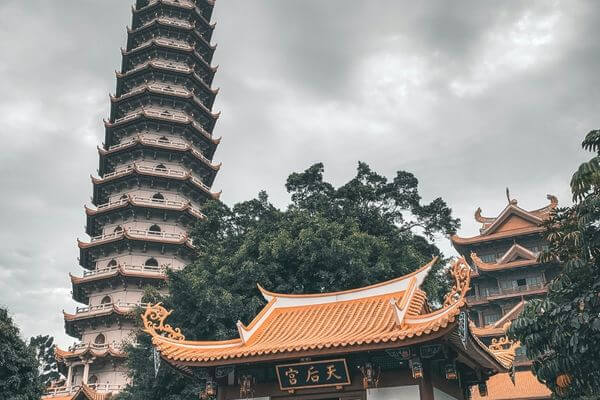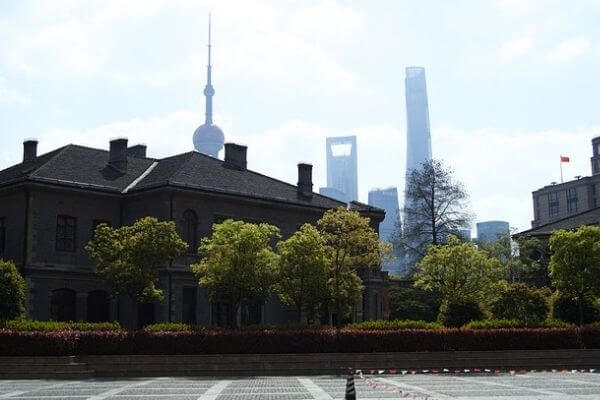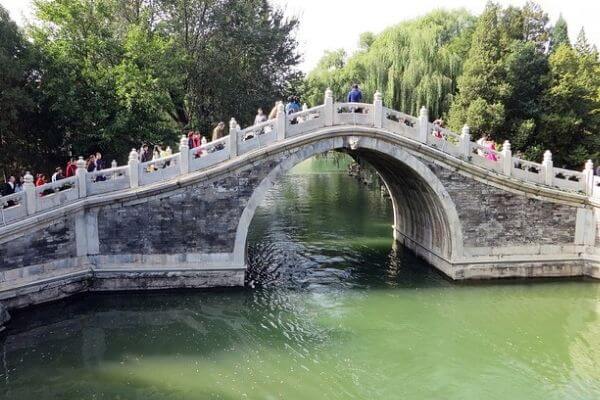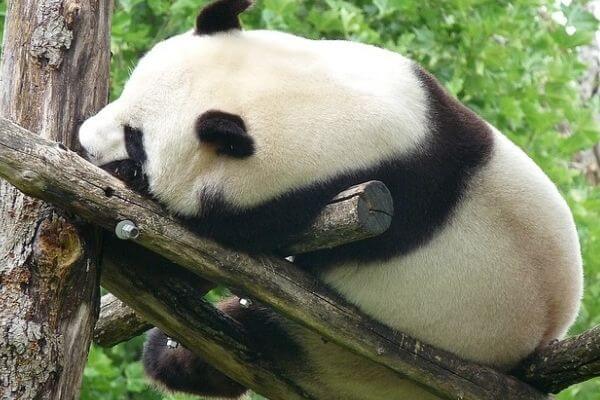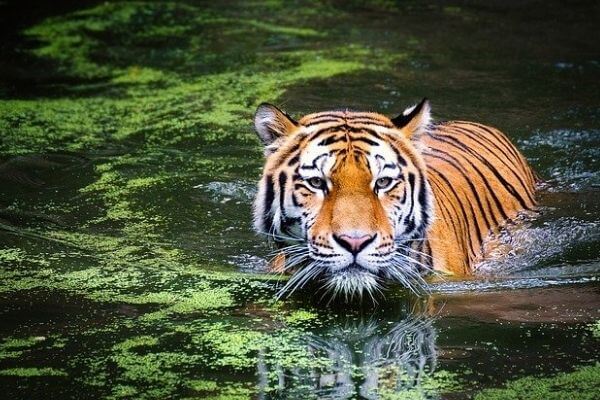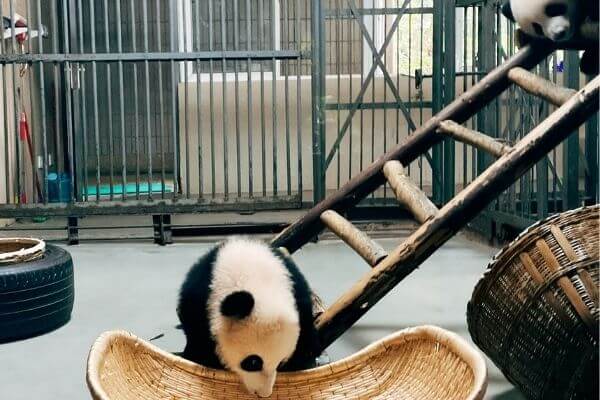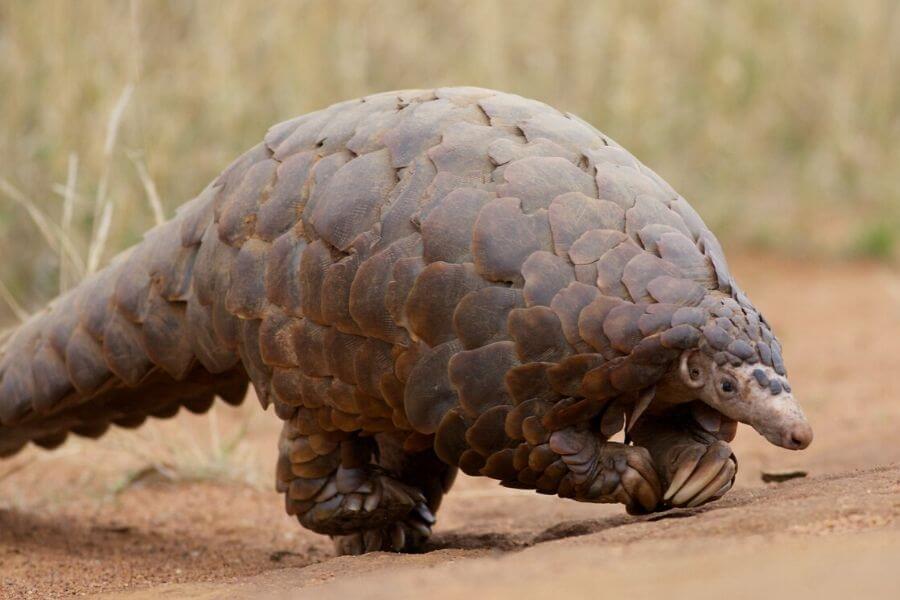
The Wildlife Protection Law of the People’s Republic of China (中华人民共和国野生动物保护法) was enacted in 1988 and successively amended in 2009, 2016 and 2018.[1]
There are 58 articles in the Wildlife Protection Law, covering the definitions of wildlife and its habitat, wildlife protection and the responsibilities for endangering wildlife.
1. The definition of wildlife
Wildlife protected by this Law refers to precious and endangered terrestrial and aquatic wildlife, and terrestrial wildlife with important ecological, scientific and social values. (Article 2) The protection of other wildlife shall be governed by the Fisheries Law, the Animal Husbandry Law and other related laws.
Many Chinese experts believe that the above narrow definition of wildlife results in the lack of protection for other wildlife that is not so precious, endangered or valuable. [2]
(CJO Note: Not all wildlife is protected under the Law, but due to the Coronavirus (COVID-19) outbreak, China is about to amend the legislation to ensure the protection of more wildlife.)
2. The definition of wildlife habitat
Wildlife habitat in this Law refers to an important wild area where wildlife lives and multiplies. (Article 5)
3. The government department responsible for wildlife management
The National Forestry and Grassland Administration(国家林业和草原局) under the Ministry of Natural Resources(自然资源部) is responsible for the protection of terrestrial wildlife throughout the country.
The Fisheries Administration(渔业渔政管理局) under the Ministry of Agriculture and Rural Affairs(农业农村部) is responsible for the protection of aquatic wildlife throughout the country. (Article 7)
4. The coverage of wildlife
According to the “List of Wildlife under Special State Protection” (国家重点保护野生动物名录) formulated by the Ministry of Agriculture and Rural Affairs, wildlife in China includes wildlife under Class 1 protection and wildlife under Class 2 protection.
The provincial government may also formulate a list of local wildlife under special protection in addition to the above-mentioned list. (Article 10)
5. The habitats of wildlife
The Ministry of Agriculture and Rural Affairs shall formulate the list of important habitats for wildlife, while the provincial government can delimit the relevant natural reserves, and the county government can delimit the non-hunting (fishing) areas. (Article 12)
6. Can wildlife be hunted or killed?
Wildlife under special state protection shall not be hunted or killed, except for the purpose of scientific research, population control, disease surveillance or other special circumstances, provided that a special hunting license is granted by the relevant government department at or above the provincial level in advance. (Article 21)
For hunting wildlife not under special state protection, a hunting license from the relevant government department at the county level will suffice. (Article 22)
7. Can wildlife be artificially bred?
If the artificial breeding technology of wildlife under special state protection is mature and stable, you can apply to the government for an artificial breeding license to breed such wildlife, and you can breed, sell and use such wildlife according to the quantity approved by the government. (Article 28)
8. Can wildlife and its products be sold?
The sale, purchase, and utilization of wildlife under special state protection and its products are prohibited, except for the purpose of scientific research, artificial breeding, public display, cultural relics protection or other special circumstances (Article 27), and only when such wildlife is under artificial breeding. (Article 29)
9. Can wildlife be used as food?
It is prohibited to make wildlife under special state protection and its products into food, or to purchase wildlife under special state protection and its products for the said purpose. (Article 30)
[1] Wildlife Protection Law of China (2018)
[2] 梁治平:《野生动物保护法》关键词——对一个法律文本的透视
Cover Picture by David Brossard (https://www.flickr.com/photos/string_bass_dave/) from flickr.
Contributors: China Laws Portal Team

